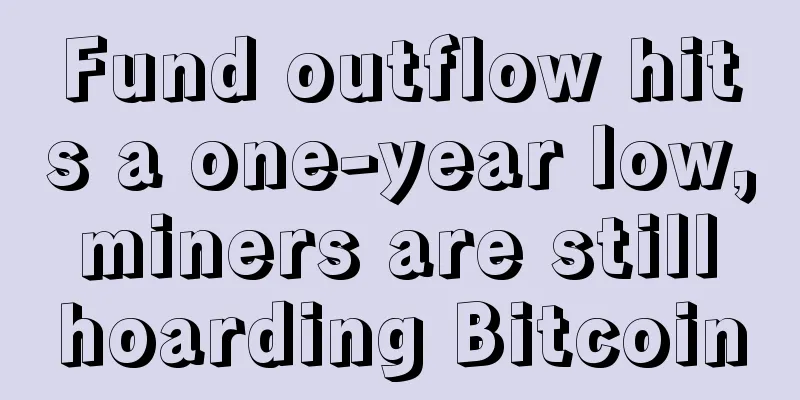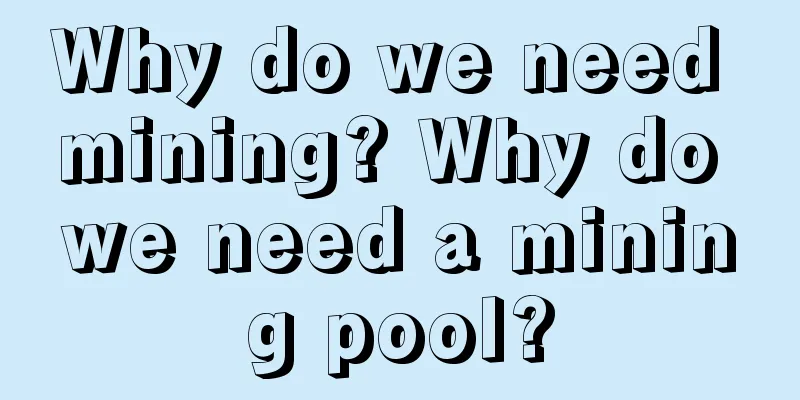Fund outflow hits a one-year low, miners are still hoarding Bitcoin

|
On-chain data shows that Bitcoin miners are still hoarding Bitcoin despite a 50% reduction in revenue since the third reward halving began on May 11. The seven-day average outflow of Bitcoin miners and the inflow of mining funds to exchanges remain quite low. About four weeks ago, on June 19, the total amount of Bitcoin transferred from miner addresses reached its lowest level in 10 years. At that time, miners transferred 987 Bitcoin, but six days later on June 25, miners sent nearly 3,000 Bitcoin to exchanges that day (2,650 Bitcoin was sent to Bitfinex). Despite the volatility on June 25, on-chain data shows that miners appear to have been hoarding Bitcoin since then. (When the miner position indicator value is 0 or above 0, it indicates that most miners are selling BTC. So far in the second quarter of 2020, this value has been below 0) Despite the halving, which cut miners’ rewards in half, the number of miners selling coins remains at a historical low. Meanwhile, Bitcoin’s hashrate hit a new all-time high, remaining around 125 exahash per second (EH/s). Data from Glassnode shows that the seven-day average of bitcoin transferred from mining activities was about 1,240 bitcoins on July 14. Miner funds flowing into exchanges are also at a low level. Data shows that on Tuesday, miners transferred less than 500 bitcoins to exchanges. (Seven-day average of the amount of Bitcoin transferred out through mining on July 14, 2020) Speculators believe that miners choose to strategically hoard because they fully believe that the price of Bitcoin will rise in the near future. However, "black swan events" such as the market sell-off on March 12 (Black Thursday) could cause more miner funds to flow out to exchanges. In the week following March 12, more Bitcoin was sent to exchanges than in the entire month of February. (Bitcoin sent to exchanges via mining pools on July 14, 2020. The last blue spike shown in the chart was the outflow of funds from miners to exchanges on June 25, 2020, when 2,650 Bitcoin flowed into Bitfinex) On-chain data from Cryptoquant shows the same result as the Miner Position Index rose in the week following Black Thursday. When the miner position indicator value is zero or above, it means that most miners are selling BTC. Today's data from Cryptoquant's Miner Position Index and Glassnode's outflow chart show that Bitcoin miners do not sell all new coins after mining a block unless they have to sell under pressure. In fact, Bitcoin transferred from miners to exchanges has fallen to a 12-month low this quarter. Statistics from Glassnode and Cryptoquant show that despite a rare outflow on June 25, single-day outflows have fallen rapidly. Additionally, data from bytetree.com also shows that miners tend to hoard Bitcoin rather than sell it immediately after mining it. The cumulative rolling data from bytetree.com over the last week shows the difference in the time it takes miners to mine new coins and spend them for the first time. Overall, despite the flow of miner funds to exchanges at the end of last month (June 25), miners are still strategically holding on to newly mined coins in the hope that prices will rise. By Jamie Redman |
Recommend
Domestic Bitcoin startups can complete million-dollar financing
How to get rid of regulatory difficulties and com...
Key Bitcoin Indicator Shows Professional Traders Are Nervous About $19,000
Crazy Review : Last week, the price of Bitcoin re...
What face type likes to study ancient texts the most?
Although few people speak and study classical Chi...
What does a mole on the right side of a woman’s neck mean? Is it good to have a mole on the neck?
Moles can grow anywhere on the human body. Dependi...
BitFury CEO: Calm down, Bitcoin will keep moving forward
I grew up in Latvia and watched my parents’ life ...
Diagram of Yintang face reading for men and women
The Yin Tang is located between the eyebrows and ...
What kind of people value feelings?
What kind of people value feelings? Which people ...
Palmistry of Wisdom Line
Wisdom line (cleverness line): It starts from app...
Do you know how to read the love line in palmistry?
There are usually three main lines in our palms, ...
Moscow uses blockchain in 'Active Citizen' project to involve citizens in government decision-making
Rage Comment : The Moscow City Government wants t...
Is it true that people with straight noses are too self-centered?
People with straight noses are particularly stron...
Your marriage type from palmistry
Your marriage type from palmistry To see what typ...
What do Ganwen and Kunwen mean? Is it good for people with these two types of fingerprints to get married?
Gan Wen represents a person with ten Dou (buckets...
Here’s what we need to know about Ethereum’s Istanbul hard fork (with a user guide)
Translator: ECN Ethereum China Editor's Note:...
Factom plans to join the Ethereum blockchain
Rage Comment : For Factom, choosing more blockcha...









